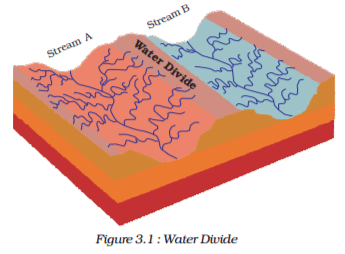Test: Drainage - 2 - UPSC MCQ
20 Questions MCQ Test Geography for UPSC CSE - Test: Drainage - 2
Which of the following is the result of concern over rising pollution in our rivers?
Which of the following affects the self-cleansing capacity of the river?
Why have the river banks attracted settlers from ancient times?
Which of the following is an artificial lake located in Andhra Pradesh?
"The river rises in Tibet, near lake Manasarovar and flows into Arabian Sea". Identify the river
"On reaching the Namcha Barwa (7757 m) the river takes a 'U' turn and enters India in Arunachal Pradesh through a gorge". Identify the river -
Which of the following pair of rivers flow west and make esturies ?
"The river rises in the Amarkantak hills in Madhya Pradesh and flows towards the west in a rift valley formed due to faulting". Identify the river -
Which of the following rivers is known as the 'Dakshin Ganga' ?
Which of the following rivers do not form delta ?
(i) Tapi
(ii) Narmada
(iii) Yamuna
(iv) Ganga
Which one of the following describes the drainage patterns resembling the branches of a tree ?
Which one of the following is the largest river of the Peninsular India?
Which one of the following rivers flows through a rift valley?
Which one of the following rivers have Nagarjun Sagar Dam, a river valley project?
|
180 videos|482 docs|193 tests
|
















